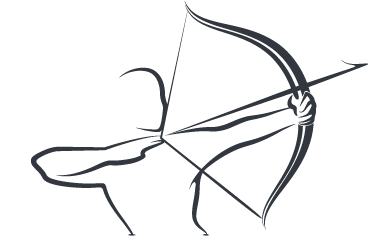Being wise is synonymous with being a teacher. You manage minds, not the students. They look up to you not as an ideal but as any other fellow learner. This is what I have felt. Do not idolise yourself because you are a teacher. be normal - live normal but teach special. However, it is more important to know - HOW NOT TO TEACH!
To make students 'teachable' we have to make them believe in the process of learning. As they have said rightly that the 'skill to learn' is more significant than what we learn. To inculcate a learning temperament among the kids we have to reach out. Do not mistake it as 'going to their level'. To uplift them, we have to showcase a higher ground and then attract their curiosity. The panacea to rescue the education and the 'educatee' is in preserving and nourishing the fundamental attribute of curiosity. this eagerness to know, to question and to become a part of the discovery is the primary fuel to make good academic results a reality.
The idealistic expression will suggest that we have everything going well in the classrooms and in education. But the actuality of the picture is otherwise. Students have lost the teachers per se interest in engaging learning. There is learning of curriculum but not of life-skills. There is coverage of the syllabus and a failure to 'teach'. The zeal, urge, interest, asking, demand and curiosity have been diminishing. We shall do a small analysis, diagnosis and shall describe what factors seem to have done this.

We need to be courageous to acknowledge that we do have the responsibility and competence to correct things. We also need to dare to accept that we have been part and reason of the problem as well because killing a learner’s natural curiosity doesn’t happen overnight. It can take as long as 12 years, and in some rare cases, even that isn’t long enough. We bring them to the kindergarten with smiles and then move on to kill the same childhood. Up to the senior secondary levels, we have done enough to kill the curiosity. If not enough, the mighty Highered awaits to put the final nail in the coffin.
Sir Ken Robinson has been very blunt and subtle when he answered the question the moment he asked it. Does school kill curiosit?
Terry Heick, in a TeachThought blog - How To Kill Learner Curiosity In 12 Easy Steps - said that the murder of Curiosity can happen through the following steps:
Step 1. Dictate the learning domains
Step 2. Limit learner choice
Step 3. Think in black and white
Step 4. Focus on answers, not questions
Step 5. Only use technology when it’s tidy
Step 6. Force awkward collaboration
Step 7. Forget creativity
Step 8. Reject inquiry-based, project-based, or place-based learning as not ‘research-based
Step 9. Keep it academic
Step 10. Fail to consider the role of play and informal learning
Step 11. Think it’s about the standards and the data
Step 12. Be sure not to model curiosity
If you know how NOT to live, you possess a chance to live the right way. While we read the above 12 steps, we might have thought of 24 ways of safeguarding curiosity and learning. That is the celebration we need to launch and the flexibility we are demanding in education, needs to start from ourselves.
This journey shall need an immediate address to the acute trust deficit we are facing. The stakeholders are all engaged in a silent fued and when it becomes noisy, they bring the flames to a veil, but fail to calm them. While you go on this mission to rejuvenate the curiosity, do not forget to Trust Your Students.







